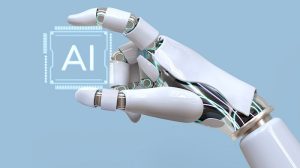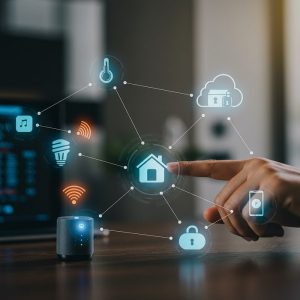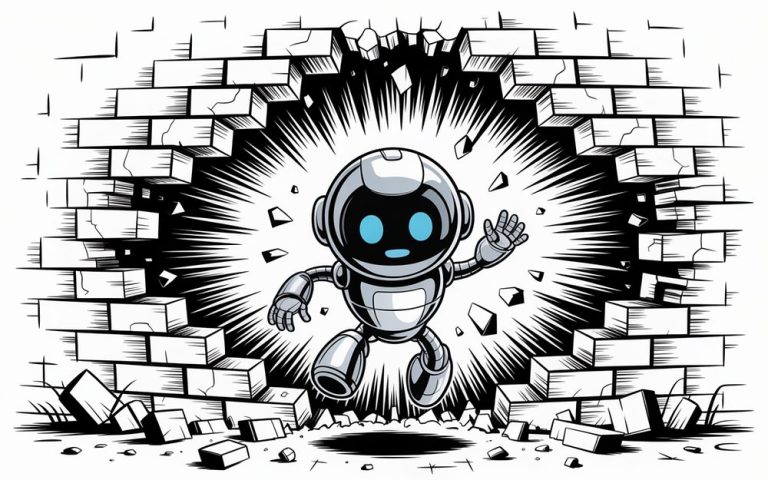We talk a lot about smart homes, wearables and connected cities , but what’s actually inside these devices? Let’s explore the physical parts that bring the Internet of Things to life.
What makes a device “smart”?
Every IoT device (from a smart bulb to a GPS tracker) is made up of hardware components that allow it to sense the environment, process data and communicate with other systems.
There’s no magic, just tiny but powerful parts working together.
The key components inside a smart device
1. Sensors — The “eyes and ears”
They detect changes in the environment like temperature, motion, light or air quality.
Example: A smart thermostat uses a temperature sensor to adjust your heating system.
2. Actuators — Turning data into action
These are mechanical or electrical parts that perform a physical task based on a signal from the system.
Example: When a smart door lock receives a signal, the actuator moves to lock or unlock.
3. Microcontroller / Processor — The brain
This chip processes the input from sensors and decides what to do next.
Example: An Arduino or ESP32 reads sensor data and sends commands to an actuator.
4. Connectivity module — The voice
Allows the device to “talk” to other devices, apps or the internet via:
- Wi-Fi
- Bluetooth
- Zigbee
- LoRa
- NB-IoT
- 4G/5G
Example: Your smart speaker connects to the cloud to fetch weather updates.
5. Power supply — The energy source
Could be a battery, solar panel or a USB plug, critical for mobility and reliability.
Optional but important: Gateways
A gateway is a device that connects multiple IoT devices to the internet or a private network. It’s often used in:
- Smart homes (as a hub)
- Industrial settings (connecting machines)
- Agriculture (connecting field sensors)
Gateways help manage data traffic and can filter, store or secure information locally before it goes to the cloud.
Common hardware in IoT projects
If you’re curious about building your own smart solution, here are common components used by makers and students:
These components are low-cost and perfect for DIY learning and prototyping.
Conclusion: What’s inside matters
Understanding the hardware side of IoT helps demystify the smart devices we use every day.
You don’t need to be an engineer to appreciate the magic of sensors, chips and circuits, just curiosity and the willingness to learn.
Because behind every smart thing, there’s a lot of little things working together.
















+ There are no comments
Add yours